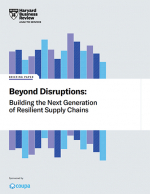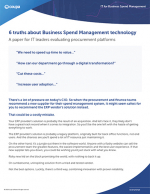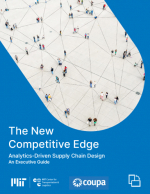Global Supply Chains in a Post-Pandemic World
In this webinar summary, Willy Shih, Robert and Jane Cizik Professor of Management Practice in Business Administration at Harvard Business School, shares insights into how global supply chains came to be the way they are and how their vulnerability has been revealed through numerous crises.
Overview
Supply chain issues have never been more prominent than in 2020 and 2021.
The shocks of the past year - trade wars, COVID-19’s effects on supply and demand, and the subsequent logistics chaos resulting from the rapid return to trade - have exposed vulnerabilities in firms’ production strategies and supply chains.
The challenge that companies now face is to make their global supply chains more resilient without weakening their competitiveness.
Forward-leaning firms will use these crises to build greater flexibility by adopting process innovations and new technologies such as robotics and automation.
Context
Willy Shih shared insights into how global supply chains came to be the way they are and how their vulnerability has been revealed through numerous crises. He discussed tradeoffs and opportunities for firms seeking to make supply chains more robust to withstand future challenges.
View the On-Demand Webinar: Global Supply Chains in a Post-Pandemic World
Key Takeaways
Established global production systems are the results of trade expansion and ultra-specialization.
The foundation of global production systems is the expansion of the tradable sector. This expansion was enabled by advances in communications and transportation technology, labor arbitrage, and other factors in a largely benign trading environment.
As supply chains evolved, they became global, specialized, multi-tiered, and fragile. Supply chains have achieved maximum efficiency by applying the principles of lean manufacturing.
As this has occurred, historically vertically integrated firms have become increasingly “dis-integrated.” They have outsourced parts of their supply chain rather than maintain all expertise internally and have relied on more external specialization.
Download this Harvard Business Review summary: Global Supply Chains in a Post-Pandemic World, featuring Willy Shih.
What’s Related




Favorites





